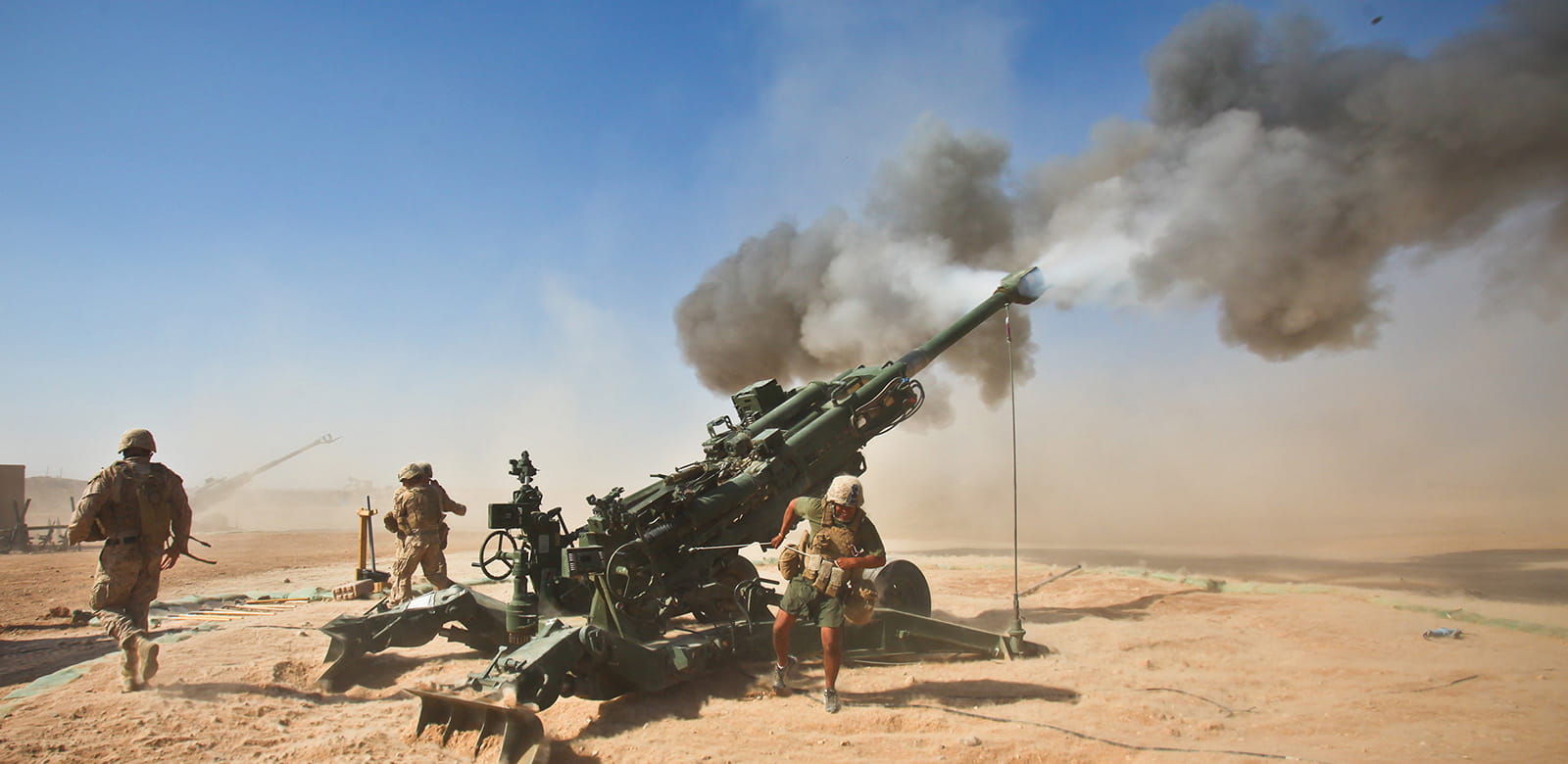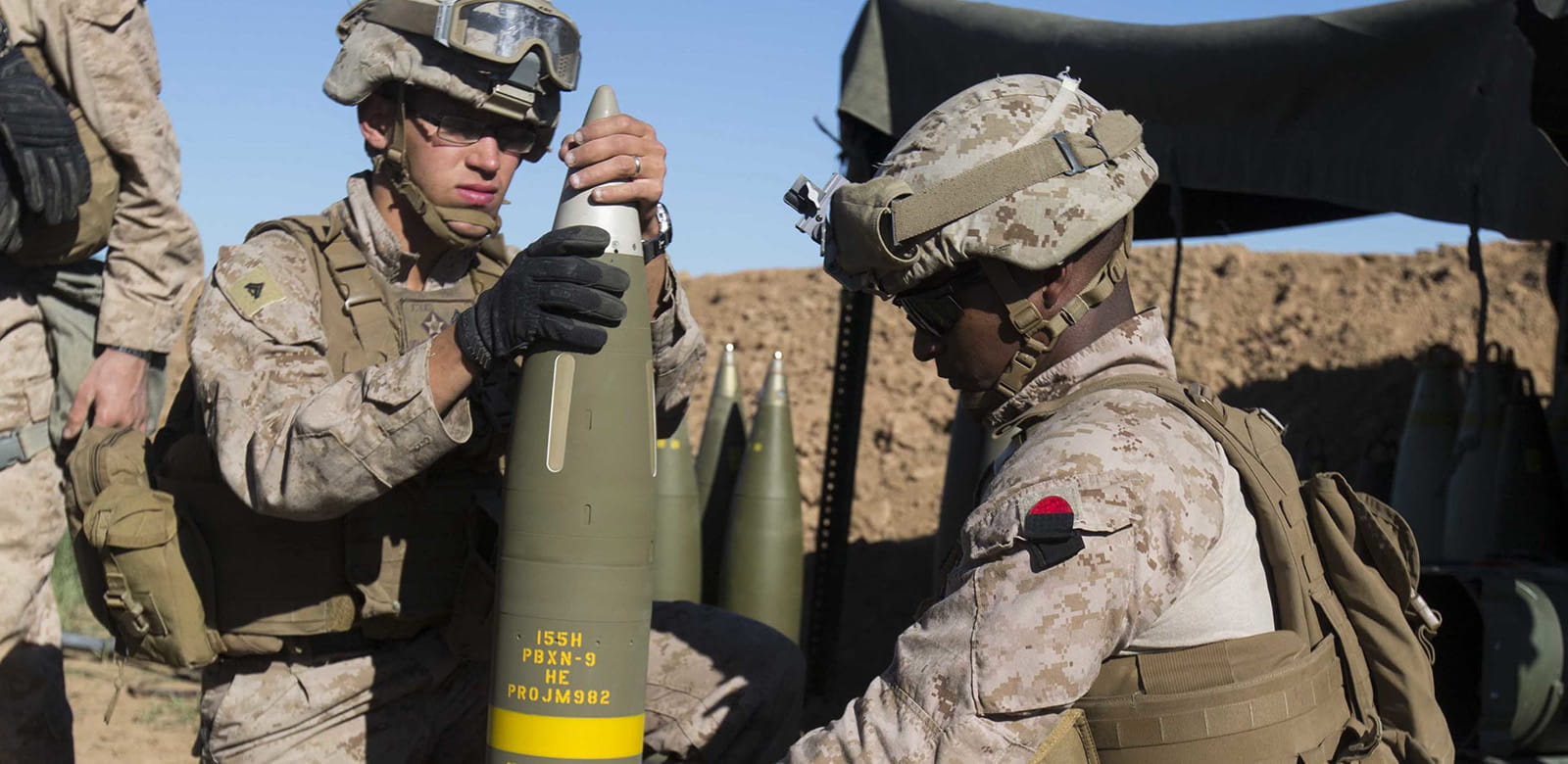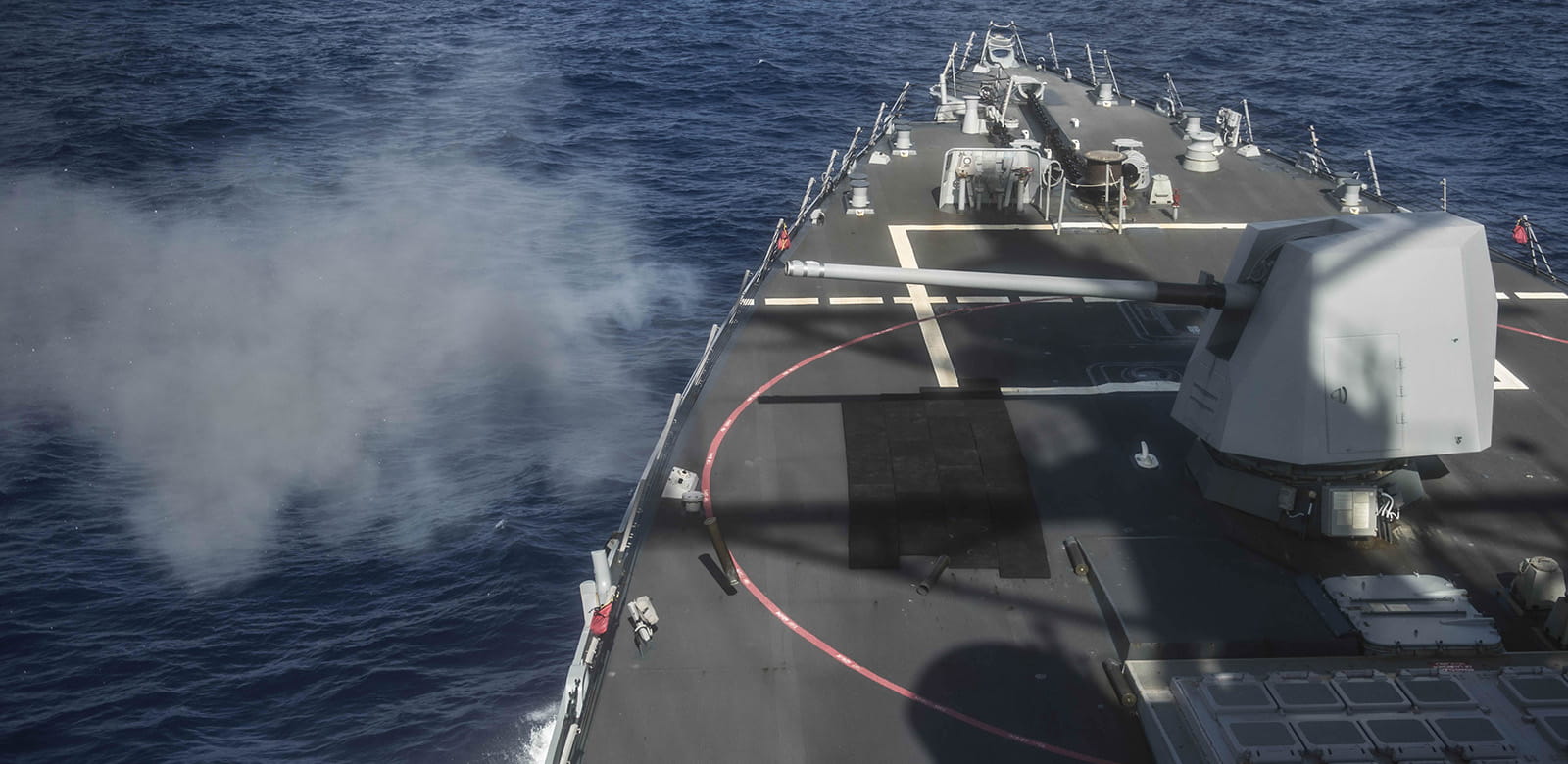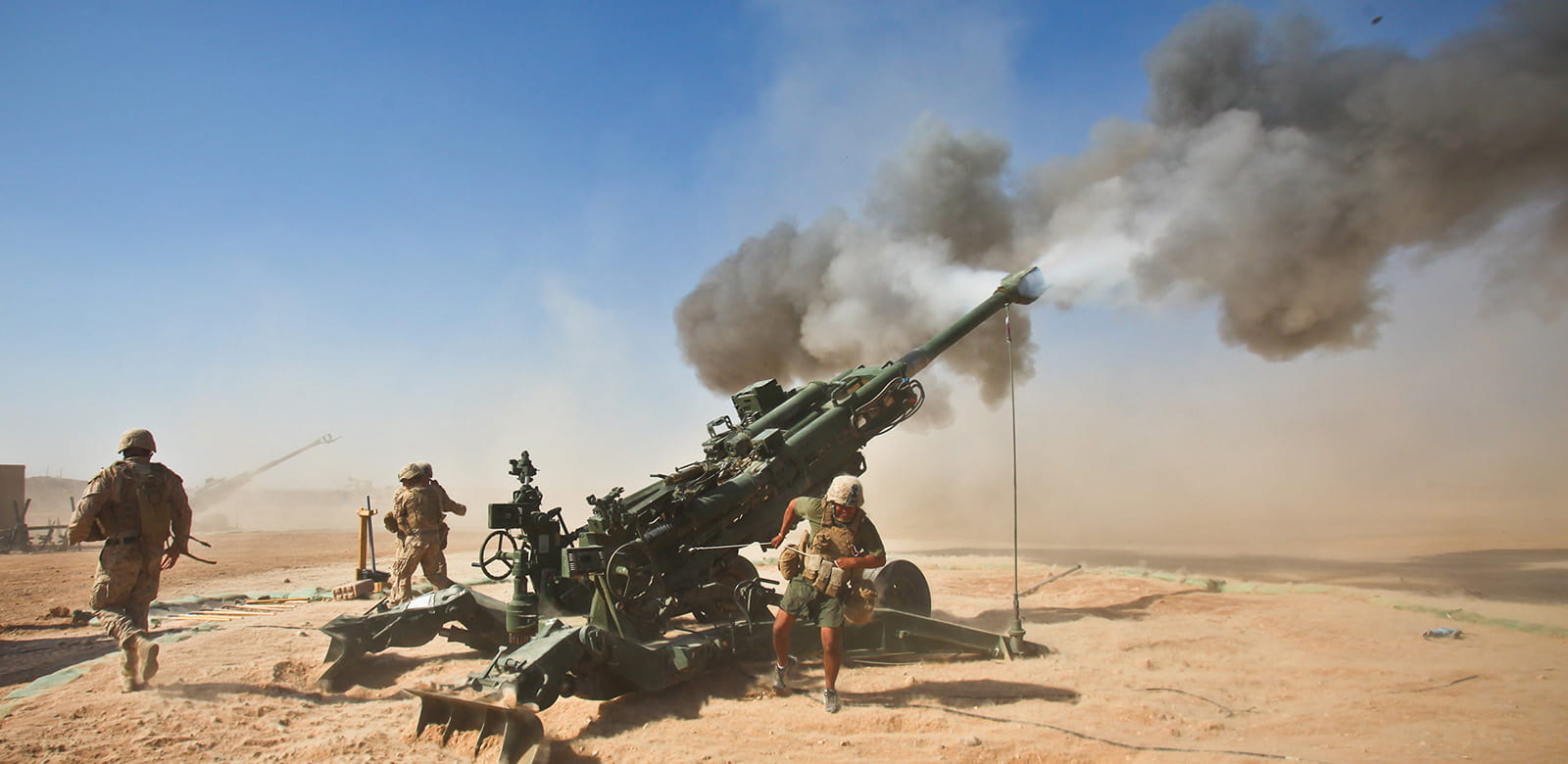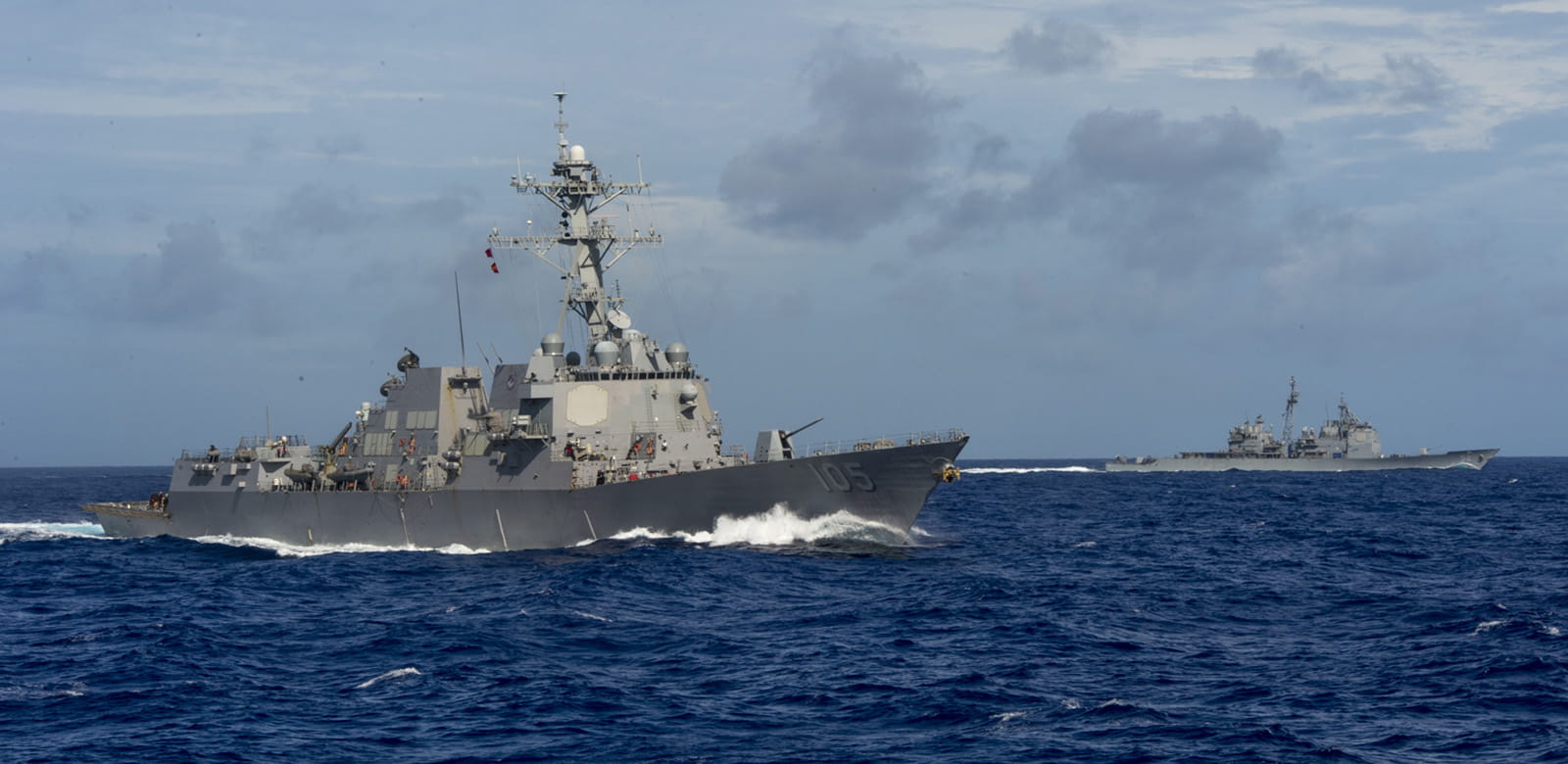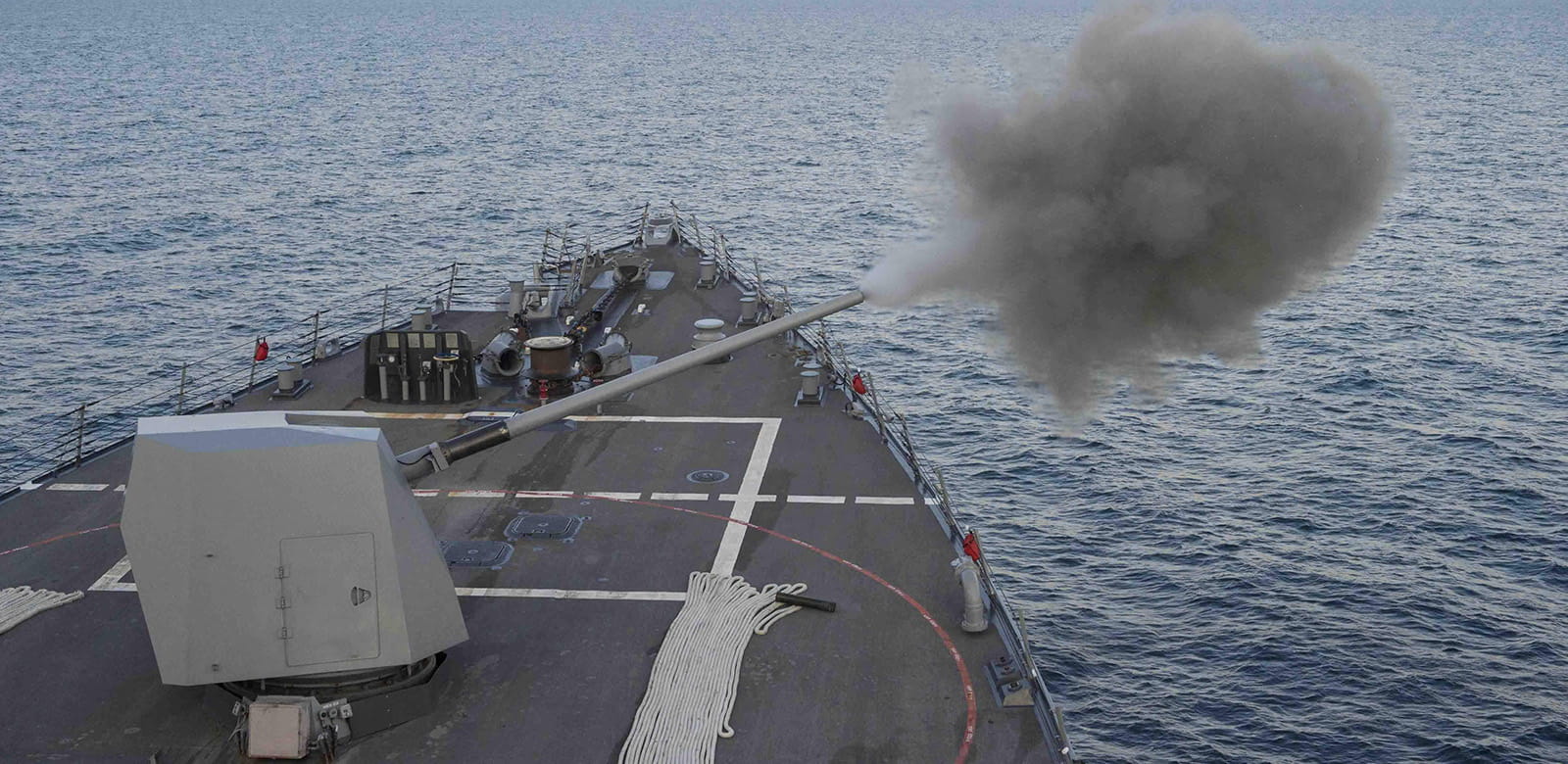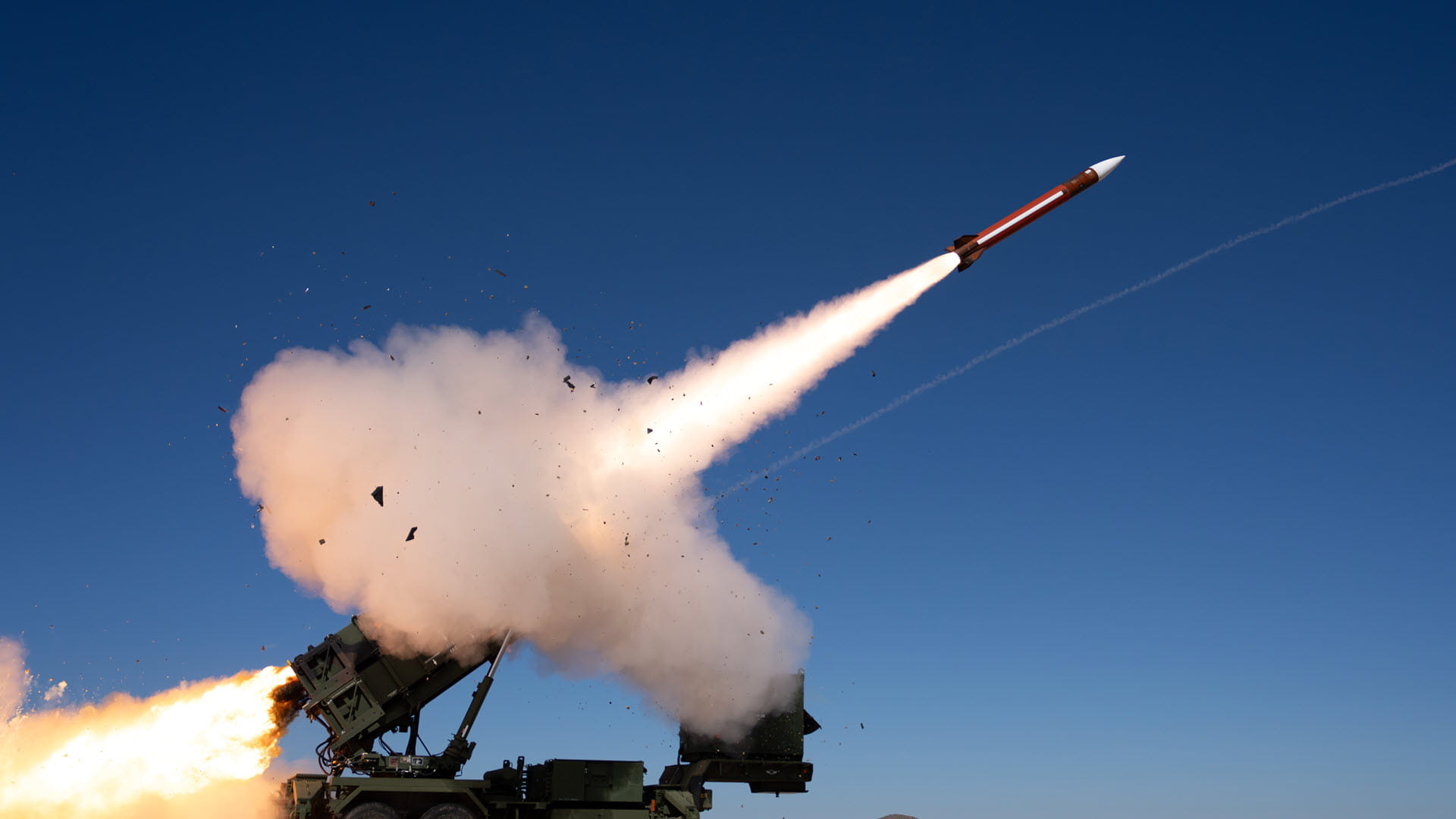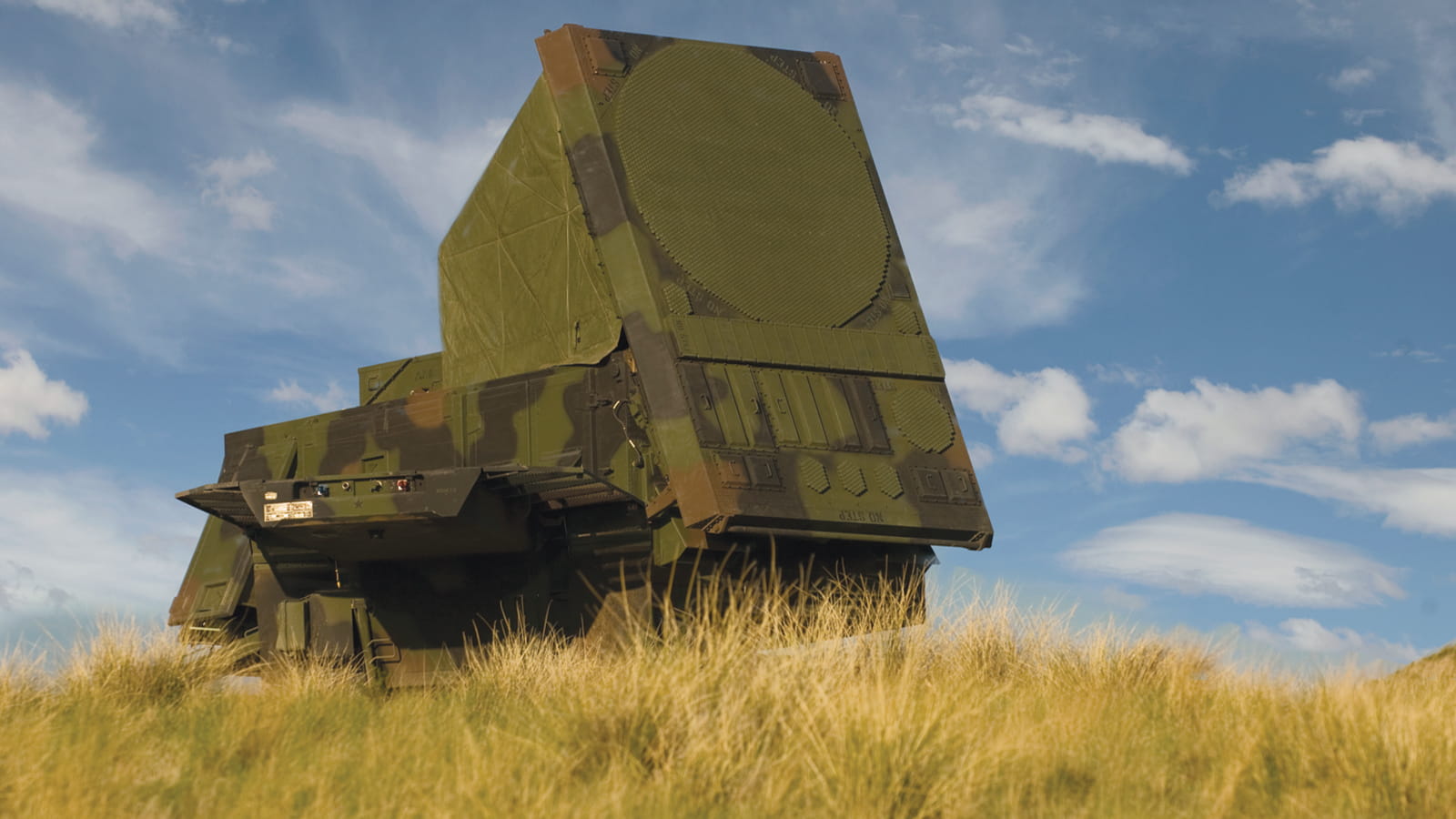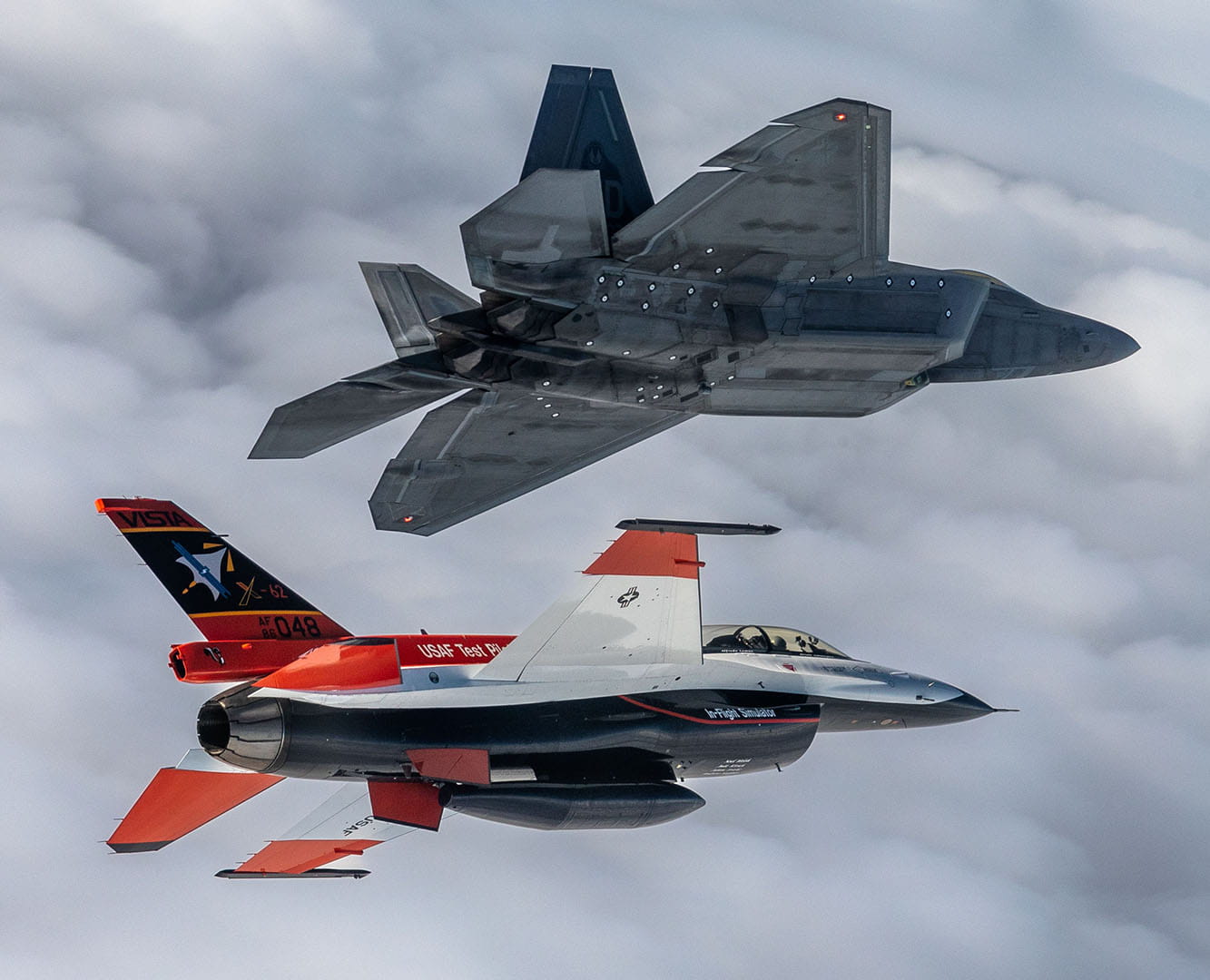Changing course
Precision-guided Excalibur munition hits moving targets
For centuries, armies used artillery to fire at things that didn’t move – strategic targets like roads, bridges and trenches.
The dawn of guidance technology eventually made artillery practical against moving targets as well -- and now, one munition can even change course in mid-flight. A new variant of the Excalibur munition called the Excalibur S has shown in tests that it can switch from GPS guidance to laser guidance, following the commands of an operator on the ground to hit a moving target.
“Artillery was once used for engaging a fixed target or disrupting the advancement of enemy forces,” said Shawn Ball, a business development lead at Raytheon, a business of Raytheon Technologies. “However, this new variant of Excalibur engages a moving target and pushes previous tactics into the history books.”
The Excalibur S munition builds on an earlier variant’s use of GPS guidance by adding a digital semi-active laser seeker that can withstand the stress and shock of a howitzer firing. After launch, the shell follows GPS guidance until it detects the laser energy from a designator that operators use to point out a moving target.
The system engages targets when exact coordinates are not readily available, and laser guidance reduces the chance of the flight path being blocked by radar-jamming devices.
"Excalibur S expands the capability of artillery on the battlefield," said Sam Deneke, a Raytheon vice president. "Using artillery to engage moving targets gives soldiers more tactical advantage."
Pinpoint precision
Excalibur, whose variants have been fired more than 1,400 times in combat, is a true precision weapon. The system has made its mark on the battlefield not only for what it hits, but also for what it doesn’t.
The munition impacts within two meters from the target, mitigating the possibility of collateral damage. It also extends the reach of .39-caliber artillery to 40 km (24.8 miles) and .52-caliber artillery to more than 50 km (31 miles).
Excalibur’s precision and maneuverability pays off; an analysis by the U.S. Army showed that it took 10 conventional munitions to deliver the same potency and accuracy of just one Excalibur round.
Other variants
The munition isn’t just for ground forces. A variant called the N5 is built for five-inch guns on naval ships. It more than doubles the range of conventional munitions and will provide the same accuracy as the land-based version.
Another variant, called Excalibur Shaped Trajectory, takes out targets in hard-to-reach locations by selecting the projectile's terminal or final phase attack angle. It was successfully tested in 2018 and is being deployed to U.S. forces.
“The Excalibur artillery projectile has been nothing short of extraordinary when the need for a precision munition arises,” Deneke said. “It hits the target and only the target."

